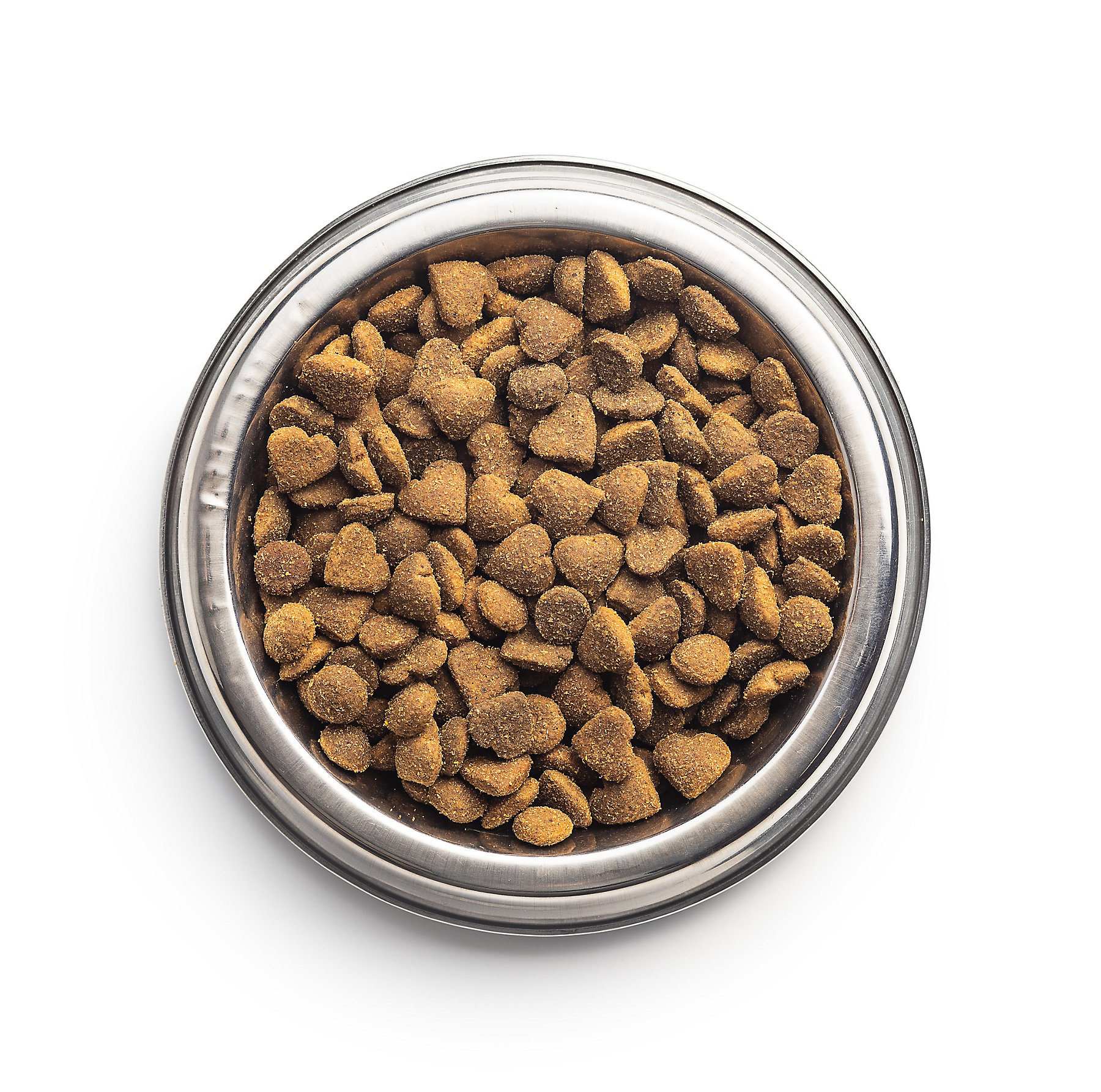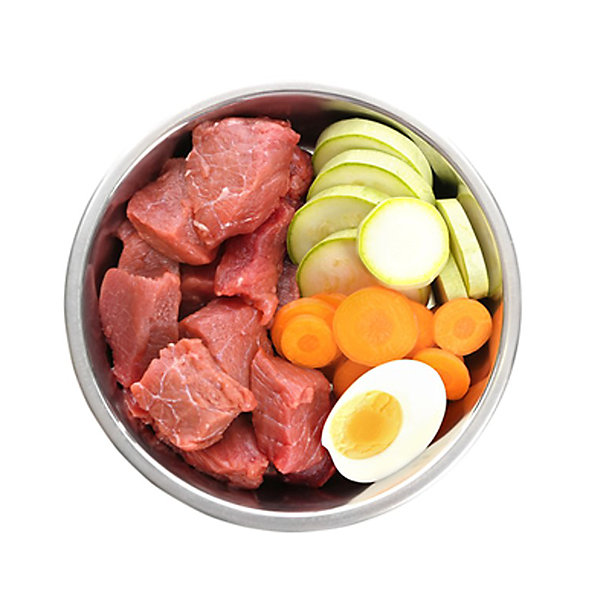Food Safety Risks Associated with Dry Pet Food
According to Euromonitor, dry pet food is still the dominating format in the global pet food market, encompassing nearly 60% of all pet foods sold in 2020. Trends in this space are reflected in label claims like clean label, functional health benefits or ancestral diets. Many of these trends include meat-rich formulas, which can present several opportunities for microbial contamination:
- Raw materials can degrade from inherent bacteria and enzymes present before rendering
- Proteins like meat and fish can degrade and accumulate biogenic amines that can survive throughout processing
- Fats, protein meals, meat slurries and other ingredients added during pet food manufacturing are all susceptible to cross-contamination and bacterial growth
- Ingredients added after extrusion, like fat, can increase risk of pathogen contamination
- Finished dry pet foods that are handled post kill-step can still be contaminated with mold, yeasts and Salmonella




